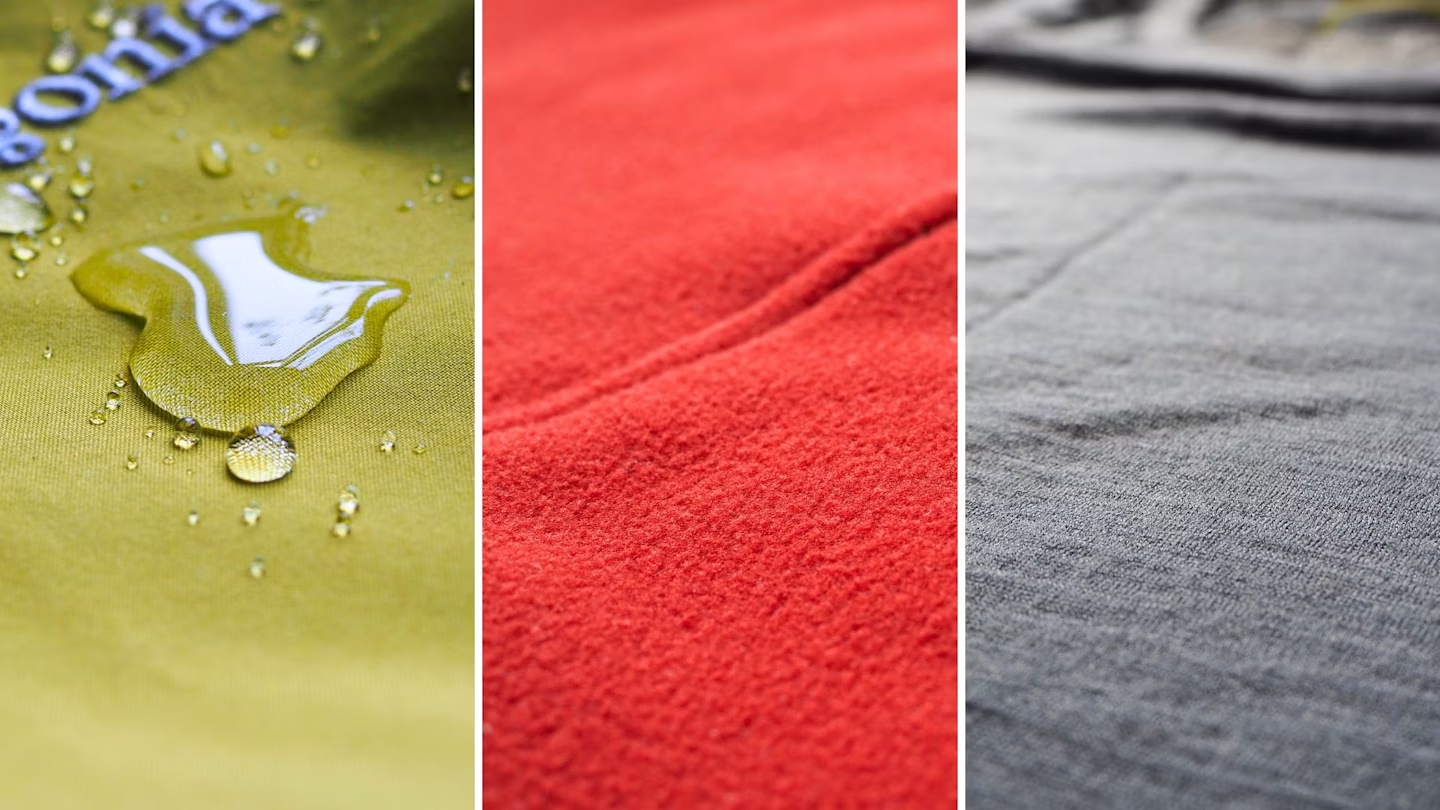Introduction: Embracing the Need for Adaptability in Gear Design
In a world where environments are constantly shifting—whether through technological advancements, climatic changes, or evolving social and economic landscapes—gear that fails to adapt is quickly left behind. From outdoor equipment to technological devices, adaptability has become an essential feature of modern design. Whether it’s a jacket that responds to temperature changes or a gadget that automatically switches between power sources, the need for adaptable gear has never been greater.
This article explores how gear, across various sectors, is designed to evolve in response to ever-changing environments. It focuses on the materials, technologies, and design philosophies that allow products to not only meet current needs but also anticipate future ones. With a special emphasis on outdoor, adventure, and tech industries, we will delve into what makes adaptive gear stand out and how it enhances user experiences.
1. The Evolution of Gear: Why Adaptability Matters
Historically, gear was designed with a single purpose in mind. A flashlight was a flashlight; a jacket, a jacket. Over time, however, as people’s needs grew more diverse and their environments more unpredictable, this one-size-fits-all approach became less effective. Consider the rise of multi-functional, versatile tools: a Swiss Army knife that can open bottles, cut ropes, or even serve as a screwdriver.
This shift towards adaptability was not just about offering more features but about understanding that human environments are dynamic, and gear needs to reflect that. In extreme outdoor environments, for example, a jacket must be able to handle both freezing temperatures and intense humidity. For tech devices, a laptop or smartphone needs to operate seamlessly across varying conditions, such as low battery, high temperature, or fluctuating network strength.
2. Materials Innovation: Paving the Way for Adaptable Gear
Materials are at the heart of adaptable gear. Advances in material science have allowed manufacturers to create products that are lighter, more durable, and more responsive to environmental changes. Key innovations in this field include:
- Phase-Change Materials (PCMs): These materials have the ability to absorb, store, and release heat, making them ideal for products that need to adapt to fluctuating temperatures. For instance, PCMs are now used in jackets, sleeping bags, and even footwear to provide optimal warmth without overheating.
- Graphene: Known for its strength, lightness, and conductivity, graphene is a revolutionary material that’s being integrated into everything from wearables to sports equipment. It can enhance performance in both tech devices and physical gear by improving durability and power efficiency.
- Smart Textiles: Also called “e-textiles,” these fabrics integrate sensors and conductive threads, enabling garments to react to environmental factors. For example, jackets with embedded sensors can change their insulation properties based on temperature, ensuring the wearer stays comfortable no matter what the weather is doing.

3. The Role of Technology in Adaptive Gear
In today’s world, it’s not just physical materials that contribute to adaptability; technological advancements also play a crucial role. Smart gear, equipped with sensors, microprocessors, and even artificial intelligence, can detect and respond to environmental changes in real-time.
- Wearables: Smartwatches and fitness trackers have evolved beyond simple timekeeping. They now monitor heart rate, stress levels, and environmental conditions like temperature and humidity. Some models even adjust their brightness based on ambient light, ensuring clear visibility regardless of where you are.
- Environmental Sensors: Devices like portable weather stations, drones, and outdoor navigation systems now use sensors to collect real-time environmental data. This data helps users make informed decisions about their activities, whether they’re exploring remote terrain or navigating urban landscapes.
- AI Integration: Artificial intelligence has begun playing a central role in adaptive gear. In high-performance sports gear, AI algorithms analyze a user’s movement patterns and adjust parameters such as grip, cushioning, or resistance to optimize performance. For instance, AI-powered running shoes may adjust their sole stiffness depending on the user’s stride and terrain.
4. Outdoor Gear: Adapting to the Elements
When it comes to outdoor gear, adaptability can be a matter of survival. Climatic conditions in the wilderness can change rapidly, and gear must respond accordingly. From hiking boots to tents and backpacks, outdoor gear manufacturers have increasingly relied on innovative materials and technologies to create products that stand up to environmental challenges.
- Multi-Functional Clothing: The classic example of adaptive outdoor gear is the multi-functional jacket. Today’s performance outerwear is made with breathable, waterproof, and stretchable materials that adjust to changing weather patterns. Jackets may feature modular components, like detachable hoods or sleeves, allowing wearers to tailor their gear to conditions.
- Smart Tents: Tents are no longer just basic shelters. Modern smart tents are equipped with sensors that monitor temperature, humidity, and air quality. They can even adjust ventilation to maintain comfort, or signal users if the weather is about to take a turn for the worse.
- Adjustable Backpacks: Backpacks have also evolved. With advanced ergonomic designs, backpacks now come with adjustable straps and breathable, moisture-wicking materials. Some even feature solar panels to charge devices on the go, ensuring users are prepared for long, unpredictable expeditions.

5. Tech Gear: From Phones to Laptops, the Need for Adaptability in the Digital Age
The digital revolution has led to a proliferation of tech gadgets that need to perform in ever-changing environments. A phone that works perfectly in a stable, controlled setting might falter in extreme conditions. Enter the world of ruggedized devices, flexible tech, and adaptive software.
- Rugged Devices: Devices like rugged smartphones, laptops, and tablets are built to withstand the elements. Shockproof, water-resistant, and dustproof, these devices ensure that users working in harsh environments (construction sites, remote locations, or military operations) can rely on their gear no matter what.
- Flexible Displays: Flexible and foldable technology is another exciting frontier. Smartphones and tablets with foldable displays are quickly becoming more common, allowing for a compact design when you need portability but a larger screen when you want functionality. This adaptability is especially beneficial in environments where space and convenience are critical.
- Adaptive Power Sources: One of the biggest challenges for tech devices is maintaining power. Solar-powered chargers, hand-cranked generators, and battery banks that adjust their output based on the device’s requirements are becoming more popular. This ensures users can stay connected, even in remote or off-grid locations.
6. The Future of Adaptable Gear: Trends to Watch
The drive for adaptability in gear is not slowing down. Here are some of the most exciting trends that promise to revolutionize gear design in the coming years:
- Sustainability: The need for eco-friendly gear is more pressing than ever. Adaptive gear can help reduce waste by extending the lifespan of products. For example, modular tech devices that allow users to upgrade parts (such as batteries or screens) instead of replacing the entire device contribute to sustainability efforts.
- Personalization: As gear becomes smarter, it will become increasingly personalized. Imagine a jacket that learns your body temperature and adjusts its insulation accordingly or a backpack that maps out the best weight distribution for your unique body shape.
- Augmented Reality (AR) and Virtual Reality (VR): AR and VR will further blur the lines between digital and physical environments. For instance, AR glasses that overlay real-time environmental data will be indispensable for outdoor explorers, while VR systems can simulate different environments, allowing users to test gear under controlled conditions before venturing out into the wild.
Conclusion: Why Adaptive Gear Is the Future
The need for gear that can evolve with its user’s environment is not a passing trend; it is the future of design. Whether it’s for outdoor exploration, high-tech environments, or everyday use, adaptability ensures that gear remains relevant and functional in a constantly changing world. As technologies advance and materials improve, we can expect even more sophisticated and versatile products that cater to our dynamic needs.























